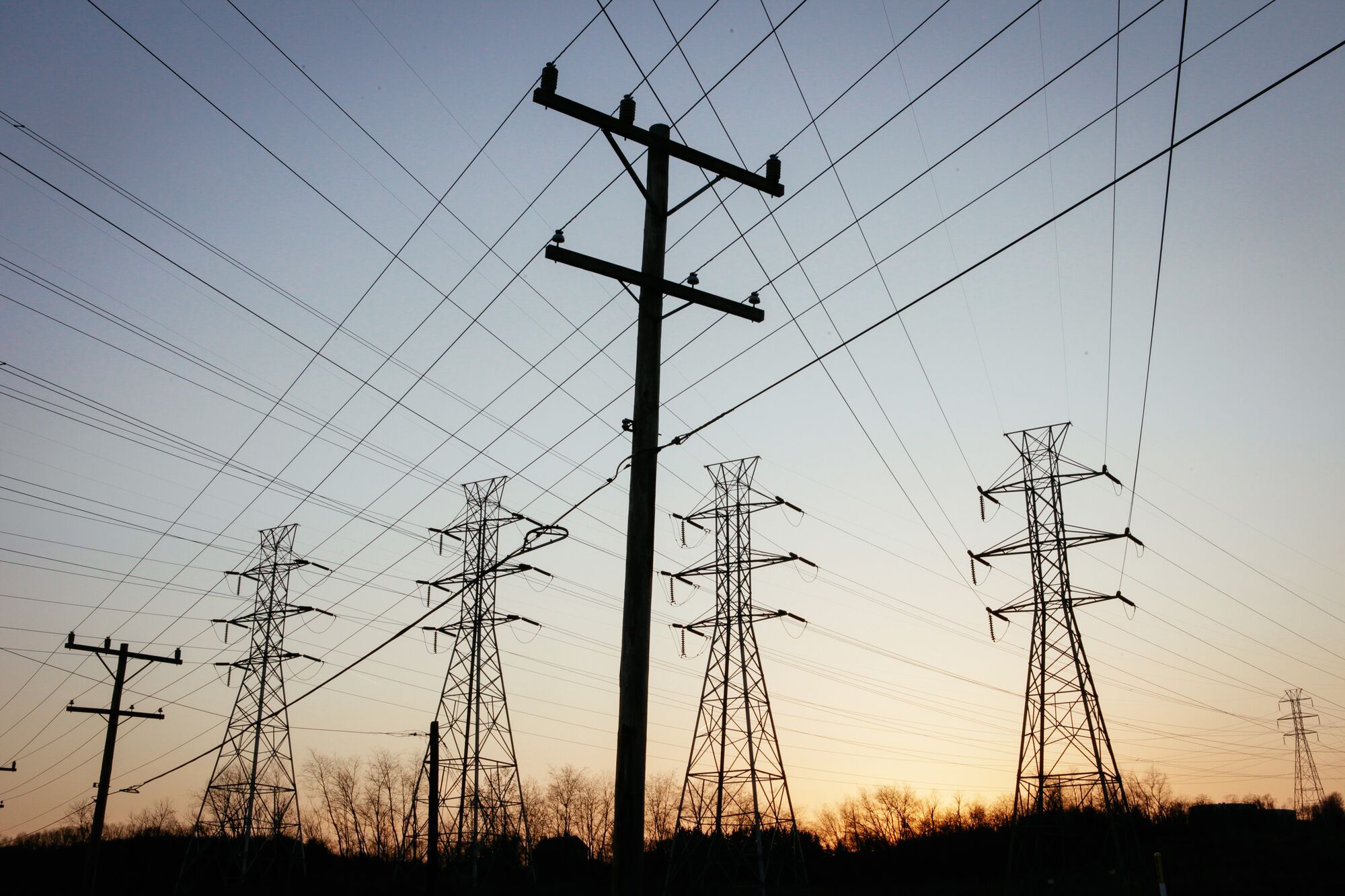DOE Finalized New Rule for Federal Permitting of Transmission Lines
The new rule will cut permitting time in half for major transmission projects while maintaining strong environmental standards.
The Department of Energy (DOE) recently finalized a new rule — called Coordination of Federal Authorizations for Electric Transmission Facilities — that promises to cut in half the time it takes to issue federal permits for major new transmission lines. By cutting the average four-year permitting process down to two years, DOE’s rule will streamline federal permitting of major transmission lines, which are urgently needed to enable the transition to clean energy and help mitigate climate change. The rule does not cut corners; instead, it maintains strong environmental protections and opportunities for community input, while making federal permitting more efficient by improving how agencies coordinate and collaborate to analyze transmission projects’ impacts.
As Earthjustice explained in a recent white paper, accelerating the transition from fossil fuel-fired power plants to renewable energy will require at least doubling current transmission capacity by the end of the decade. However, transmission lines — especially large lines that will bring renewable energy to cities — are major infrastructure projects that require permits from numerous agencies under many laws. For example, a single transmission line might cross forests protected under the National Forest Management Act, streams protected under the Clean Water Act, and habitat for animals protected under the Endangered Species Act, among other protected areas. Different federal agencies are responsible for issuing permits under each of these laws, and until now, transmission lines have taken an average of four years — and sometimes up to eleven years — to obtain all the necessary permits.
DOE’s new rule aims to reduce the federal permitting timeline by improving coordination and communication between agencies, developers, and communities. The rule sets a deadline for agency decisions, providing two years from the submission of a permit application for agencies to conduct all the necessary environmental analysis and issue permits (or decide not to). To make sure that agencies receive complete permit applications, the rule also creates a pre-application process. During that process, a developer will meet with all the relevant agencies at least three times. These meetings will give agencies a chance to let developers know what information a permit application will have to provide and make sure that an application is complete before a developer submits it. This process will also make sure that all of the relevant agencies are prepared to consider an application promptly and in parallel, rather than requiring a developer to go through each agency’s permitting process one after the other.
DOE’s rule also highlights the importance of engaging with affected communities by requiring developers to create and follow plans for public participation. Developers will be required to inform DOE of how they have engaged with affected communities and stakeholders, and how they plan to do so as they move forward through the permitting and construction process. Developers’ plans must specifically explain how they will engage with “communities of interest,” a term that DOE defined to include Tribal and indigenous communities, communities that are disadvantaged or have environmental justice concerns, communities affected by the transition away from fossil fuels, and communities near to proposed projects. The rule also makes clear that these new requirements for developers to engage with affected communities does not displace agencies’ own duties. For example, agencies will still be required to engage in government-to-government consultation with Indian Tribes, and members of the public will still have the same opportunities to comment on proposed projects.
Importantly, DOE’s new rule does not reduce the scope or rigor of any federal environmental law. Federal agencies will still have to hold these projects to the same standards under all of the environmental laws they administer, and transmission projects will still undergo a thorough, complete review of their environmental impacts. However, the rule will make the environmental analysis more efficient: rather than each agency preparing its own analysis, the new rule will have DOE prepare a single environmental review that each agency can use for its permitting process.
DOE’s new rule is not perfect, but it is a significant step forward. We were pleased that DOE implemented some suggestions from our comments on the proposed rule, including adopting criteria that developers can use to understand whether smaller transmission projects may also use the rule’s new 2-year process, and better aligning the environmental analysis with a similar process at the Federal Energy Regulatory Commission. We continue to believe that the rule could be strengthened by allowing affected communities and organizations with specialized environmental expertise to participate during the pre-application process. Nevertheless, the rule is a big improvement over the existing permitting process, and we look forward to working with our clients, affected communities, and DOE to advance the infrastructure that we need to keep the transition to renewable energy moving.
Earthjustice’s Clean Energy Program uses the power of the law and the strength of partnership to accelerate the transition to 100% clean energy.
